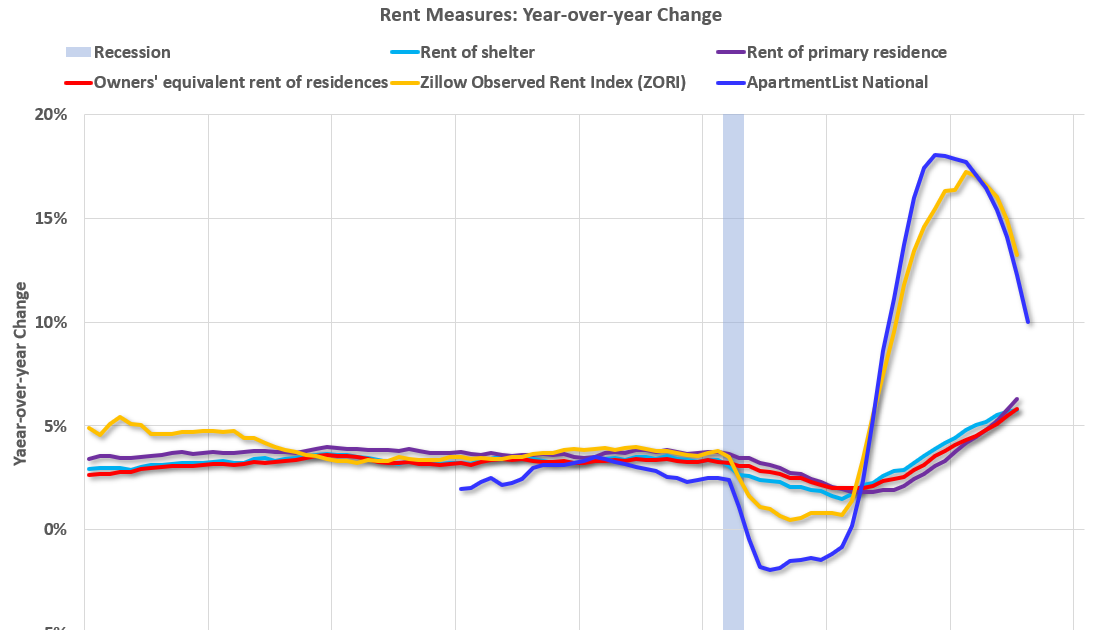Dow's Alberta Megaproject: A Victim Of Tariff-Related Delays

Table of Contents
The Scope of Dow's Alberta Megaproject and its Economic Significance
Dow's Alberta petrochemical plant represents a substantial investment in the Canadian energy sector, promising significant economic benefits for the province. The project, encompassing the construction of a large-scale ethylene and propylene production facility, is expected to generate thousands of jobs during construction and operation. The projected economic ripple effect is considerable, extending to downstream industries and supporting numerous related businesses.
- Massive Investment: The project represents billions of dollars in investment, injecting much-needed capital into the Alberta economy.
- Job Creation: Thousands of direct and indirect jobs are anticipated throughout the construction and operational phases. This includes construction workers, engineers, technicians, and administrative staff, boosting employment in the region.
- Economic Growth: The plant will stimulate significant economic growth, not only through direct employment but also through increased tax revenue for the provincial government and the creation of new business opportunities.
- Strengthening the Petrochemical Sector: The project strengthens Alberta's position as a major player in the North American petrochemical industry, enhancing its global competitiveness.
The strategic importance for Dow Chemical is equally significant. This new facility would solidify their position in North America, providing access to key feedstocks and enabling them to supply growing demand in the region.
The Role of Tariffs in Delaying Construction
The construction of Dow's Alberta megaproject has been significantly hampered by various tariffs impacting the supply chain. These tariffs, stemming from both US-Canada trade disputes and global steel and aluminum tariffs, have dramatically increased the cost of essential materials and equipment.
- US Tariffs on Canadian Goods: Tariffs imposed by the US on Canadian steel and aluminum directly impacted the project's cost. Importing these essential construction materials became substantially more expensive.
- International Steel Tariffs: Fluctuations in global steel tariffs further exacerbated the situation, creating uncertainty in pricing and delivery timelines for crucial components of the plant.
- Increased Material Costs: The combined effect of these tariffs resulted in significantly higher material costs, impacting the project’s budget and necessitating adjustments to the timeline.
The following materials were significantly affected:
- Steel
- Aluminum
- Specialized piping
- Certain types of plastics
Analyzing the Impact of Delays on Project Timeline and Budget
The tariff-related challenges have resulted in substantial delays to the project's timeline and significant budget overruns. The initial projected completion date has been pushed back considerably. This impacts not only Dow's investment strategy but also Alberta's economic development plans.
| Timeline | Original | Revised (Estimated) |
|---|---|---|
| Construction Start | 2020 | 2022 |
| Expected Completion | 2023 | 2025 or later |
The cost analysis reveals substantial increases in projected expenses, raising questions about the overall feasibility and profitability of the project in the long term. The impact on Dow’s investment risk assessment is considerable, potentially influencing future investment decisions in Canada.
Potential Solutions and Mitigation Strategies
Addressing the tariff-related issues requires a multi-pronged approach incorporating both short-term and long-term mitigation strategies.
- Negotiating Trade Agreements: Renegotiation or resolution of existing trade disputes is crucial to reduce or eliminate tariff barriers.
- Government Support: Government intervention, potentially in the form of financial incentives or tariff mitigation programs, could lessen the impact on project costs.
- Alternative Sourcing: Exploring alternative sources for materials and equipment outside of regions affected by high tariffs can provide price relief and reduce supply chain vulnerability.
- Supply Chain Diversification: Diversifying the project’s supply chain to reduce reliance on single sources of materials can improve resilience against future tariff shocks.
By implementing a combination of these strategies, Dow and the Canadian government can work toward mitigating the negative impacts of tariffs and ensuring the successful completion of this important megaproject.
Conclusion: The Future of Dow's Alberta Megaproject and the Impact of Tariffs
The Dow's Alberta megaproject highlights the significant impact that tariffs can have on large-scale industrial projects. While the project holds immense potential for economic growth in Alberta, the tariff-related delays and cost overruns pose serious challenges. The future success of this undertaking depends on proactive mitigation strategies, addressing both trade policy and supply chain vulnerabilities. The project's outcome will serve as a critical case study for future large-scale investments in Canada and highlight the importance of stable and predictable trade policies for economic development. Stay informed about updates on Dow's Alberta megaproject and the ongoing effects of trade policy on major infrastructure developments. Learn more about the impact of tariffs on Canadian industries.

Featured Posts
-
 Post Race Breakdown Bubba Wallaces Martinsville Performance
Apr 28, 2025
Post Race Breakdown Bubba Wallaces Martinsville Performance
Apr 28, 2025 -
 Key Contributions From Judge And Goldschmidt Secure Yankees Series Victory
Apr 28, 2025
Key Contributions From Judge And Goldschmidt Secure Yankees Series Victory
Apr 28, 2025 -
 Pace Of Rent Increases Slows In Metro Vancouver Housing Costs Remain High
Apr 28, 2025
Pace Of Rent Increases Slows In Metro Vancouver Housing Costs Remain High
Apr 28, 2025 -
 Best Nascar Jack Link 500 Prop Bets Talladega Superspeedway 2025 Guide
Apr 28, 2025
Best Nascar Jack Link 500 Prop Bets Talladega Superspeedway 2025 Guide
Apr 28, 2025 -
 Signs Your Silent Divorce Is Happening Are You Ignoring The Warning Signals
Apr 28, 2025
Signs Your Silent Divorce Is Happening Are You Ignoring The Warning Signals
Apr 28, 2025
